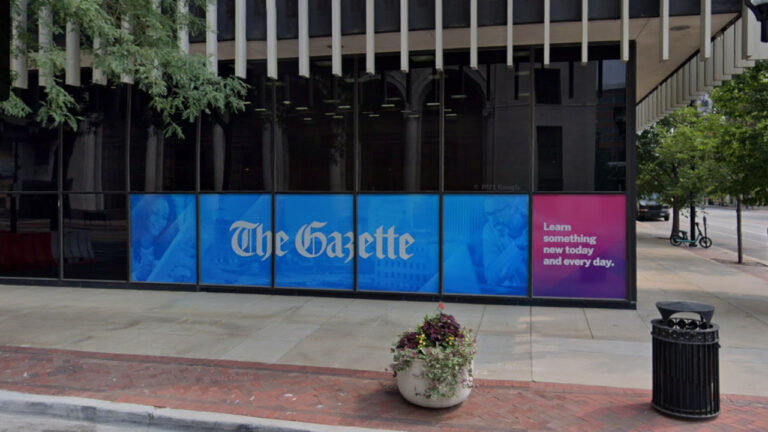By Joe Sheller / Media Column
“I would build a great wall, and nobody builds walls better than me, believe me.”
– Donald Trump, June 2015
Fast forward to now. Trump’s presidential win has given America a new kind of president and a new news media. And he’s succeeded in building walls – just not the one he’d like along the Mexico border.
All over America, newspapers are instituting online paywalls as they seek to monetize citizens’ newfound interest in politics and a growing backlash against a president who calls traditional media outlets “fake news.” You could call it the Trump Bump.
For some publications, that sparks hope in the bleak economic landscape of journalism. The New York Times – sorry, the “failing New York Times,” as President Trump prefers – has reached more than 2 million digital subscribers. The Washington Post is also seeing more success online, with its website smashing digital readership records ever since the November 2016 election, according to its WashPost PR blog.
Now we’re seeing that strategy here in the Corridor. Earlier this month, Chris Edwards, president of The Gazette, announced the introduction of a metered paywall on the 135-year-old newspaper’s website.
Mr. Edwards cited two main reasons for the decision: one, because “our print subscribers have inordinately shouldered the cost” of supporting The Gazette, and two, because it supports “our commitment to quality journalism.”
There are a few different flavors of newspaper paywall, it should be noted. Some publications – mostly specialty and trade publications, but also including major players like the Wall Street Journal – maintain “hard” paywalls where almost all access requires a subscription. Others, like the Des Moines Register, the New York Times and the Washington Post have “soft” or “metered” paywalls. A person can access some free articles a month before triggering the fee.
Soft paywalls tend to leak – if you’re devious, you’ll find side doors that allow you to exceed monthly limits. The advantage, however, is that offering some free stories can be a lure for users to sample the paper’s content.
The Gazette is going the soft route. “As with many other newspapers, readers will be able to access a few articles each month before hitting a limit,” Mr. Edwards wrote.
Personally, I wish them well. I’m from the old days; when I was a newspaper editor, if you wanted to read my stories, you had to subscribe or put a quarter into the machine.
News has never really been “free.” When the First Amendment was written, newspapers were bitterly partisan and existed because of rich political patrons.
That changed in the 1840s in New York City when the “penny press” emerged. Large city papers were able to sell so many copies that they could make their profits from ads. That ushered in a mass media model that lasted for roughly 160 years, with advertising supporting cheap access to content.
The internet has changed all that. Users have gotten accustomed to free content online as publishers play the game of trying to lure as many readers as they can. And while ad revenue continues to follow the eyeballs and online advertising is growing, a handful of online distribution companies now get most of the money. Unlike in the penny press era, the originators of content get little reward from online ads.
Recently, internet ad growth has slowed – the real growth is found in mobile ads for smartphones. A November 2017 story in The Atlantic reported that online advertising grew to a $76 billion industry in 2016 – but computer-based internet ads remained at the same level as 2013.
In an economic sense, we’re turning the clock back to 1830. Either powerful patrons or paying subscribers will fund journalism in the digital age. Will The Gazette’s paywall succeed? It’s hard to replicate in a small market what works for national newspapers with millions of readers. And The Gazette has sometimes lurched from strategy to strategy, so it also remains to be seen how long this one will stick.
I certainly don’t resent the need to subscribe online, however. It’s the modern equivalent of putting a quarter in the machine.
Joe Sheller is an associate professor of communication and journalism at Mount Mercy University in Cedar Rapids. He can be reached at [email protected].







